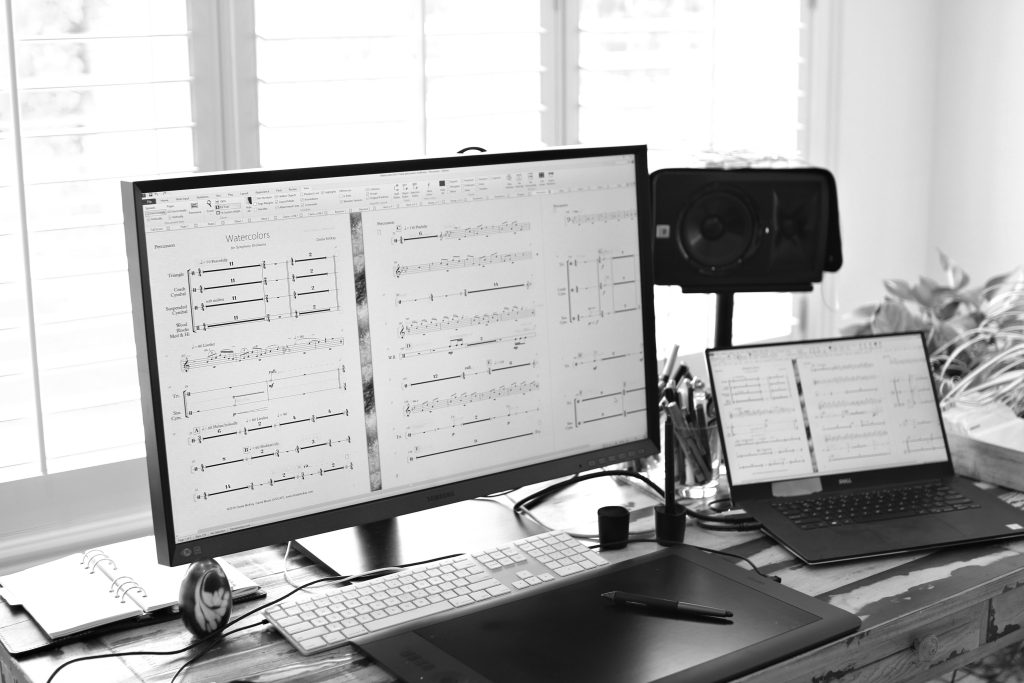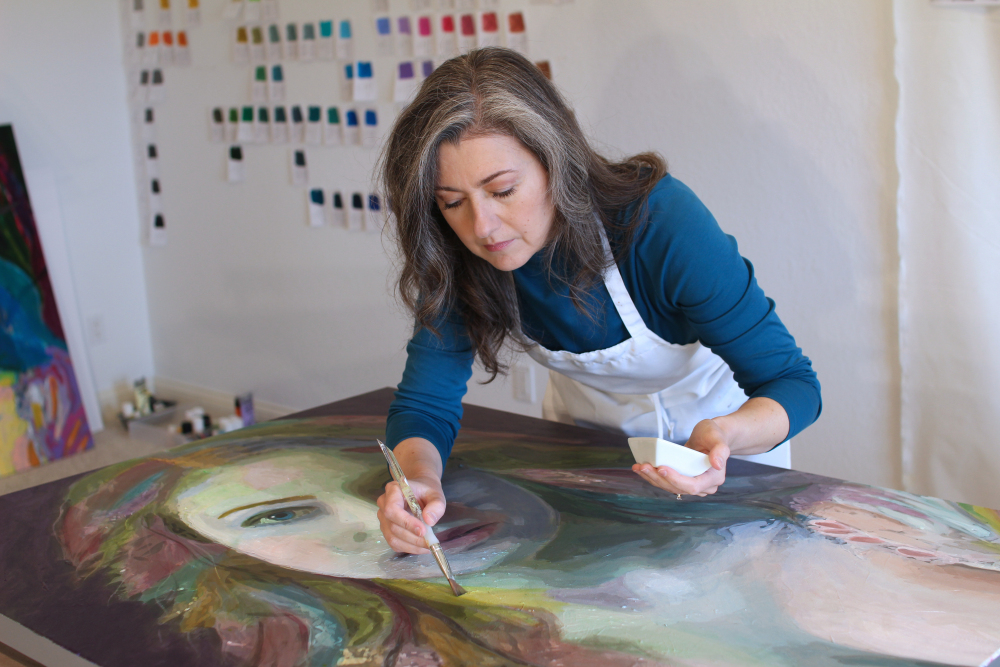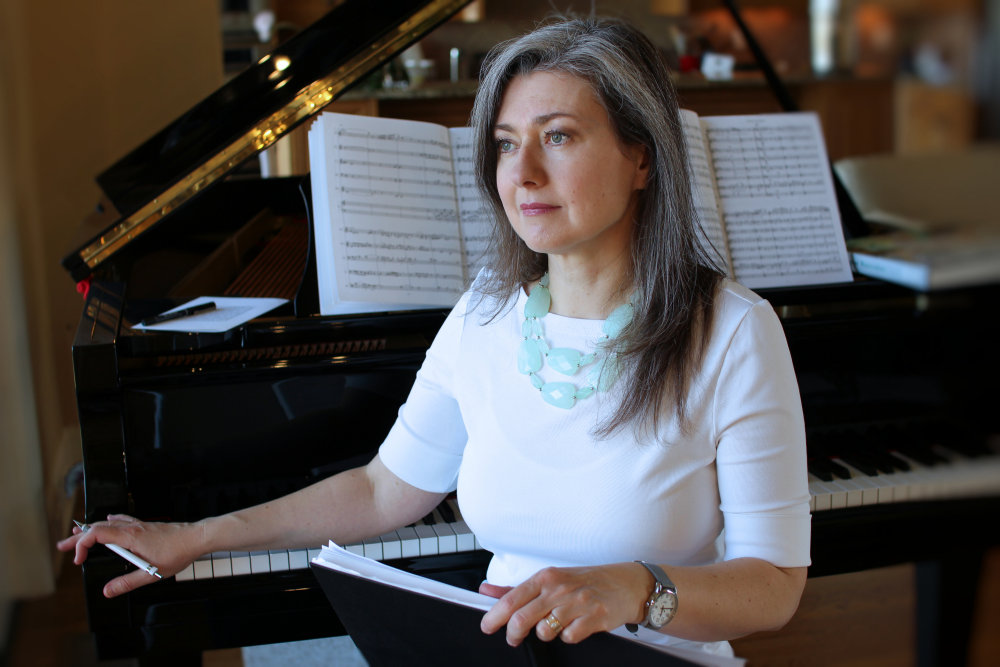It never ceases to amuse me that in preparation for an orchestra rehearsal I have to study my own music. Someone might ask whether it’s B-flat or B-natural, whether the French horn should come out more in this particular phrase, or whether plastic mallets would articulate better. I know enough to be supportive but I don’t know everything. And I don’t have to. It has always been my experience that skilled conductors and instrumentalists bring out things in my music of which I was not aware. They pull out hidden phrasings, emphasize certain harmonies, or take slight liberties with the tempo. In short, they breathe life into my black-and-white blueprint and put their individual stamp on it. I then hear the music differently and learn something new with every interaction. Yes, I wrote down every note in the score and spent months replaying and polishing every phrase. I should know the music intimately and know exactly how it should sound. And I do, but not completely. It is because the score is only the potential, the foretaste, but the reality is found in the performance. And to me, there is no greater thrill than to bridge that magical gap from the mere possibility to the actual, though fleeting and intangible, reality.
More about this score: The Lure of the Flowering Fern



